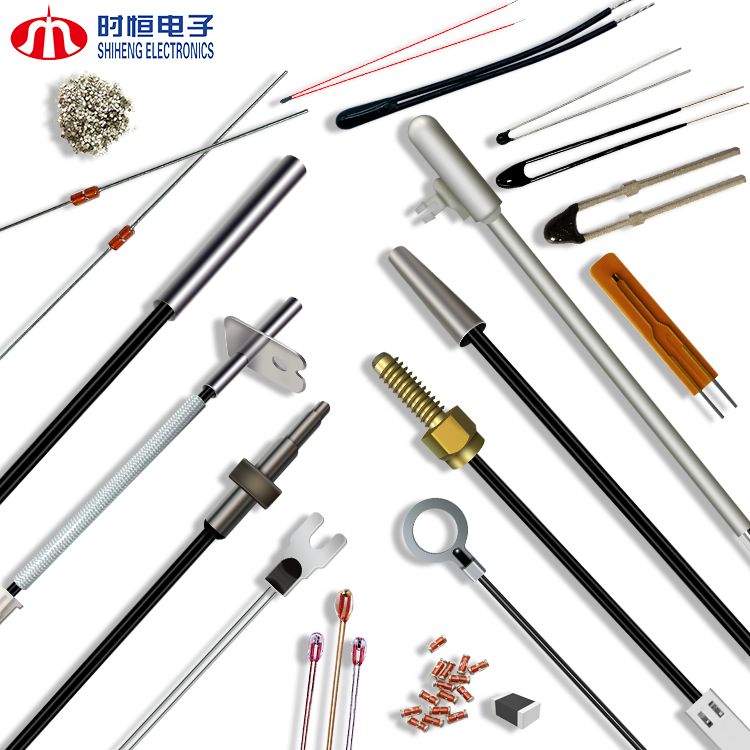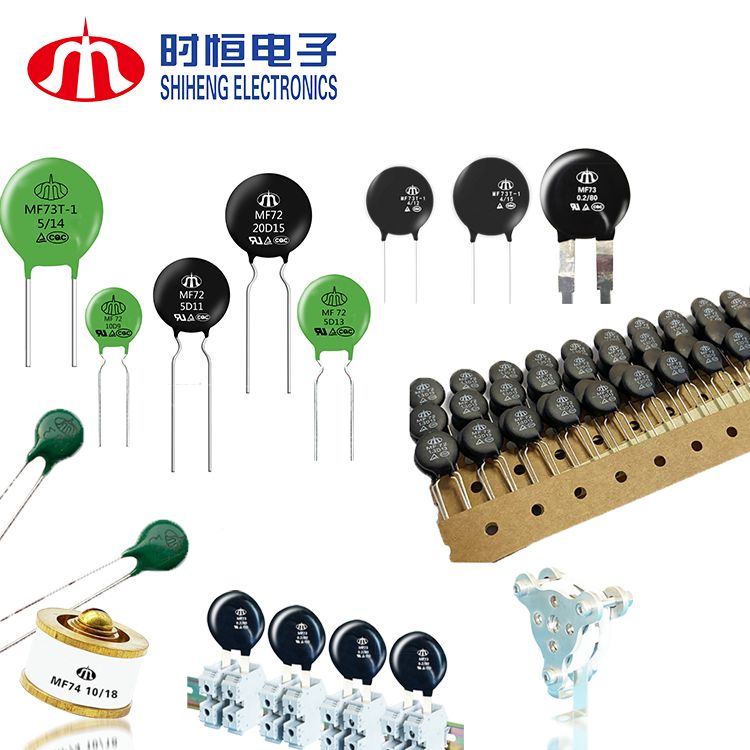¿Cómo integrar termistores NTC en sistemas integrados?
Jun 10, 2025A medida que los sistemas integrados se vuelven más inteligentes y conscientes del consumo de energía, la capacidad de monitorear la temperatura con precisión se ha vuelto esencial. Ya sea que esté diseñando una fuente de alimentación, un controlador de motor, un paquete de baterías o un dispositivo IoT, la integración de un Termistor NTC Es una forma sencilla pero potente de permitir la gestión térmica en tiempo real.
1. Comprender el comportamiento eléctrico.
Un termistor NTC disminuye su resistencia al aumentar la temperatura. Para leer la temperatura, generalmente se conecta a un circuito divisor de voltaje con una resistencia conocida, y el voltaje resultante se lee mediante un pin ADC de un microcontrolador.
2. Elegir los parámetros correctos del termistor.
Resistencia nominal (R25): los valores comunes incluyen 10 kΩ a 25 °C, pero esto debe coincidir con el rango de su ADC.
Valor B: elija según el rango de temperatura de su aplicación (por ejemplo, B25/85 = 3435 K).
Tolerancia: ±1% o ±2% para sistemas de mayor precisión.

3. Minimizar las fuentes de error.
Autocalentamiento: utilice una corriente de detección mínima (<10 µA) para evitar la introducción de calor.
Resolución ADC: una mayor profundidad de bits del ADC mejora la resolución de la temperatura.
Estabilidad de referencia: elija una referencia de voltaje estable para reducir la deriva.
Disposición de la placa: mantenga las pistas analógicas cortas y alejadas de los componentes de conmutación.
4. Función real: ¿Qué hace realmente el termistor? En sistemas embebidos, los termistores cumplen funciones que van más allá de la simple monitorización:
Protección de hardware: cuando los termistores detectan sobrecalentamiento, el sistema puede apagarse o reducir el rendimiento para evitar daños permanentes.
Compensación térmica: en circuitos analógicos, las variaciones dependientes de la temperatura se corrigen mediante retroalimentación del termistor.
Optimización del rendimiento: en ventiladores, cargadores y circuitos de batería, los termistores regulan el funcionamiento para maximizar la eficiencia y mantener las temperaturas dentro de límites seguros.
Registro de datos: algunos dispositivos IoT almacenan lecturas históricas de temperatura para el seguimiento del rendimiento, que depende de la precisión del termistor.
5. Mejores prácticas de instalación: la eficacia de los termistores depende en gran medida de cómo se instalan:
Contacto térmico: para detección de superficie o contacto, asegúrese de que el termistor esté firmemente presionado o adherido a la superficie monitoreada.
Detección del flujo de aire: coloque el termistor lejos de disipadores de calor y componentes que puedan distorsionar las lecturas de aire.
Aplicaciones de la sonda: utilice sondas con punta de metal o epoxi para insertarlas en recintos o canales de líquido.
Montaje SMD: Al utilizar termistores de montaje superficialAsegúrese de que haya una buena cobertura de soldadura y colóquelo lejos de circuitos integrados que generen calor para evitar polarización local.

Los termistores NTC ofrecen una solución compacta, rentable y precisa para la retroalimentación de temperatura en tiempo real en sistemas embebidos. Si se instalan correctamente y se utilizan con un diseño inteligente, pueden proteger los componentes, optimizar el rendimiento y prolongar la vida útil del producto.
¿Necesita ayuda para elegir o personalizar un termistor para su proyecto? Contacte con Shiheng Electronics para soporte de ingeniería y muestras de entrega rápida.